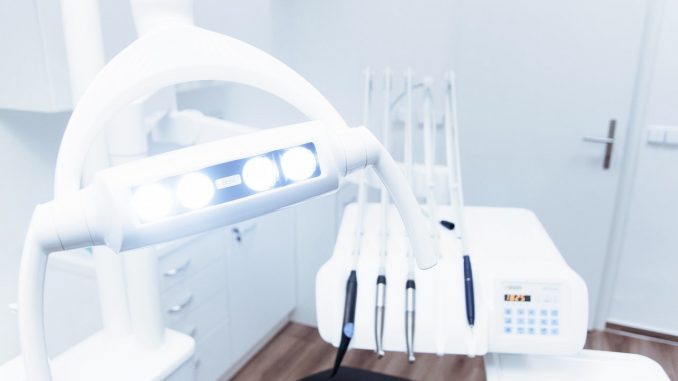
Risk assessment and classification of medical devices
In addition to general hygiene requirements for preparation and reconditioning of medical devices, physicians, practice staff or the designated hygiene specialists need to carry out a risk assessment and classification for all these devices prior to reconditioning.
The classification of reusable medical devices into risk groups is based on these 3 main criteria:
1. What are the manufacturer’s specifications?
2. What are the material properties and design features of the device?
3. What was the previous application and what is the subsequent application of the device?
The risk groups are differentiated according to the type of intended use, reconditioning and reconditioning procedures.
The type of intended use can be NONCRITICAL, where the medical device only comes into contact with intact skin, SEMICRITICAL, where the medical device comes into contact with mucous membrane or pathologically changed skin, and CRITICAL, where the medical device penetrates skin or mucous membrane.
Reconditioning is classified from A to C, with A referring to no special requirements, B indicating increased requirements (e.g. surfaces or cavities that are difficult to clean) and C indicating (e.g. due to lack of heat resistance of the medical device).
It is generally recommended to use standardized reconditioning procedures and document these in the hygiene plan according to intended use (from NONCRITICAL to CRITICAL) and the classification of reconditioning (from A to C).
Examples of noncritical medical devices are e.g. kidney dishes or ECG electrodes. Here, manual cleaning and disinfection by hand is sufficient. Surgical forceps that come into contact with skin or blood, on the other hand, are classified as semi-critical A. In this case, cleaning should be carried out by machine and sterilisation by means of a steam steriliser.
In Germany, some Associations of Statutory Health Insurance Physicians offer sample tables for the classification of medical devices and their reconditioning. If there is any uncertainty about the correct classification, it is advised to choose the next higher risk level.
It is necessary to define and document when, how often and by which procedures all medical devices are being reconditioned. In other words: Proper reconditioning of medical devices always requires appropriate documentation.
The above text only gives a brief overview of the risk assessment and classification of the reconditioning of reusable medical devices. In Germany, detailed information can be obtained from any regional Association of Statutory Health Insurance Physicians as well as the Robert Koch Institute.
© PatientCareNews.com, author: Frank Bergs
